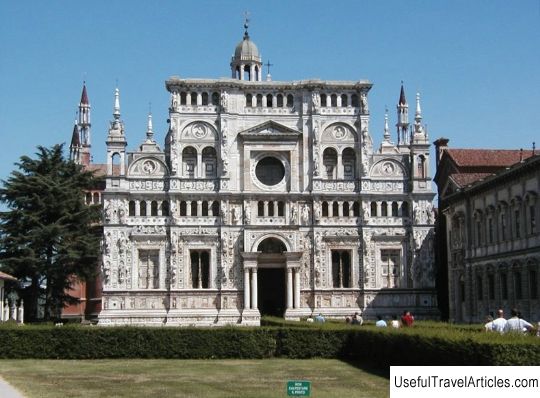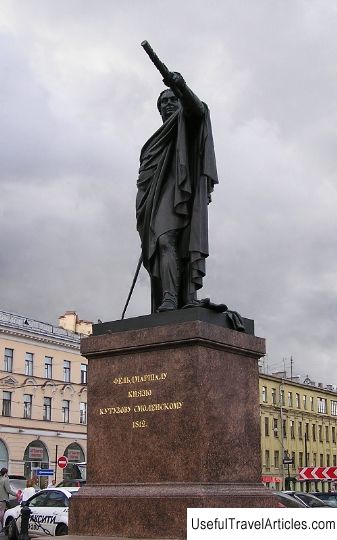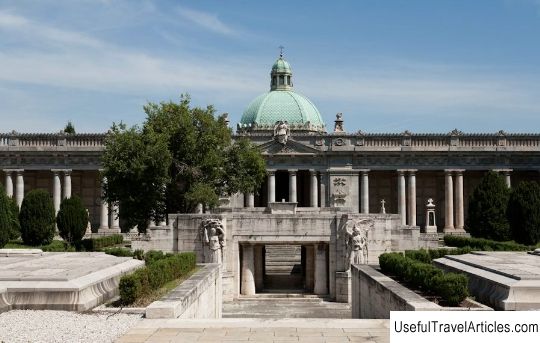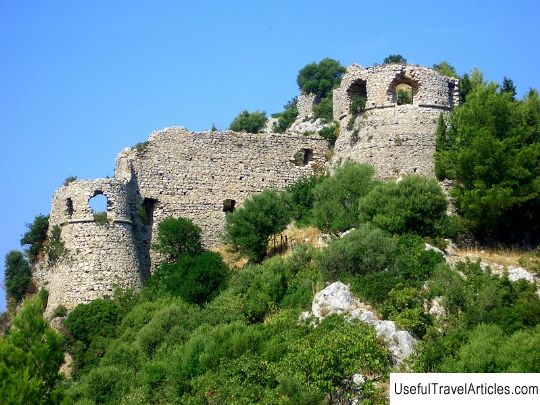Carthusian monastery of Certosa di Padula description and photos - Italy: Campania
Rating: 8,0/10 (678 votes) 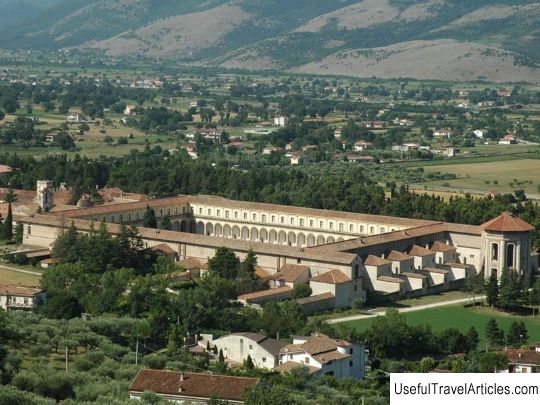
Carthusian monastery of Certosa di Padula description and photos - Italy: Campania. Detailed information about the attraction. Description, photographs and a map showing the nearest significant objects. The title in English is Certosa di Padula. Photo and descriptionCertosa di Padula, also known as Certosa di San Lorenzo di Padula, is a huge Carthusian monastery located in the town of Padula in the Cilento National Park in the Campania region of Italy. The monastery is included in the list of UNESCO World Cultural Heritage Sites. Certosa di Padula is the second largest Carthusian monastery in Italy after the monastery in Pavia. Its construction lasted about 450 years, but its main buildings are made in the Baroque style. The total area of the monastery with 320 rooms and halls is about 51.5 thousand square meters. Certosa di Padula was founded by Tommaso di San Severino in April 1306 on the site of an older monastery. The religious complex is named after Saint Lawrence, and its structure, presumably, architecturally reminiscent of a grill pan on which the saint was burned alive. The cloister of the monastery with a total area of 12 thousand square meters. considered the largest in the world - it is surrounded by 84 columns. The famous spiral staircase in white marble leads to a huge library. According to strict Cartesian canons, Certosa has separate rooms for contemplation and prayer and for work. On one side, there is a serene cloister, a library with a ceramic floor, convent greenhouses and chapels decorated with exquisite marble inlay. This inlay, by the way, is considered one of the most beautiful, created in the 18th century. On the other hand, there is a huge kitchen, cellars with fermentation vats for wine, laundries and an exorbitant courtyard where monks worked in stables, warehouses and an oil mill. In the courtyard, trade was also conducted between the monastery and the outside world. Today, the Certosa di Padula building also houses the Archaeological Museum of Western Lucania with a collection of artifacts from the necropolis of Sala Consilina and Padula. The museum acquaints visitors with the history of these places from ancient times to the Hellenistic era.                  We also recommend reading Aqueducts description and photos - Crimea: Sevastopol Topic: Carthusian monastery of Certosa di Padula description and photos - Italy: Campania. |
